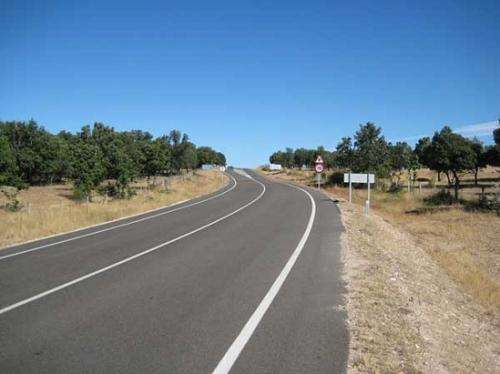Researchers create system to enable more accurate analysis of severe automobile accidents

University of Granada researchers have developed a new statistical technique that enables an exhaustive analysis of all possible causes that increase the severity of a traffic accident. The research, based on two data-mining studies (Latent Class Clustering and Bayesian Networks), means that traffic accidents can be measured much more precisely and, furthermore, demonstrate certain relations among the variables that were not previously identifiable using traditional methods:
The main author of this study, which was published in the latest volume of the journal Accident Analysis & Prevention, is university lecturer Juan de Oña Lopez, head of the research group, "Transport and Safety" (TRYSE), run by the University of Granada Department of Civil Engineering. He highlights that "traffic accidents can happen anywhere, anytime, meaning that examining them requires knowledge of how they occurred. One of the main problems researchers find when examining data from traffic accidents is that the information tends to be heterogeneous, which means that, if, during the investigation, a certain correlation among the variables is not detected, there will be data that does not come to light".
3,229 accidents were analysed
In the research, 3,229 traffic accidents were analysed, which happened on two-way roads in the province of Granada from 2004 to 2008 and in which up to three vehicles were involved. To describe each accident, the researchers used 18 variables regarding the characteristics of the road, the accident, the surrounding area and the driver actually involved.The results show that Latent Class Clustering enables accidents to be divided into four (4) clusters or groups, separated by type of accident, number of vehicles involved, number of persons per vehicle, width of the hard shoulder and whether it was tarmacked or not. The main difference in identifying each cluster is the type of accident: two clusters refer to collisions, while the other two concern crashing off the road and whether there was a tarmacked hard shoulder or not.
Using the original database (ODB), along with each of the clusters defined, the University of Granada researchers identified the variables affecting the severity of an accident. The results show that, in all cases (OBD plus 4 clusters), there is a direct relationship between the severity of the accident and the following variables: month, time, number of injured, type of accident, cause, age, gender, road width, type of hard shoulder, road marking and visibility. But, furthermore, there are specific links among the clusters that do not show up when analysing the OBD alone, such as the direct link between severity and weather conditions, a tarmacked hard shoulder and the number of vehicles involved in the accident.
More information: de Ona, J. et al. Analysis of Traffic Accidents on Rural Highways using Latent Class Clustering and Bayesian Networks, Accident Analysis & Prevention, Volume 51, March 2013, Pages 1–10. sl.ugr.es/03yL
Provided by University of Granada
















